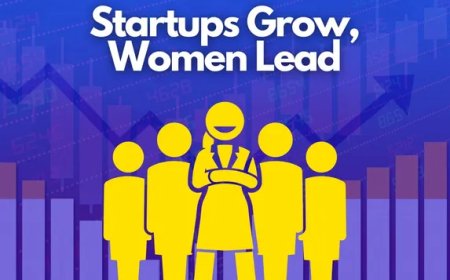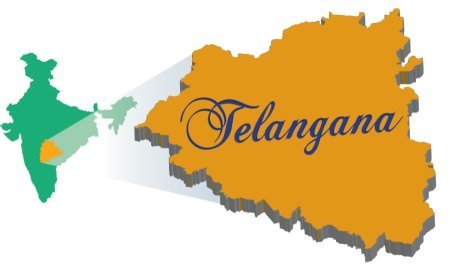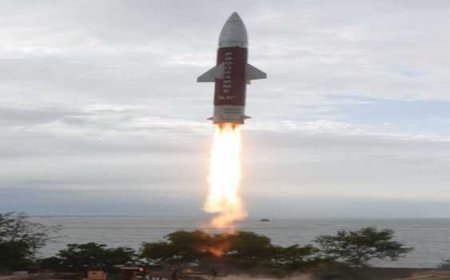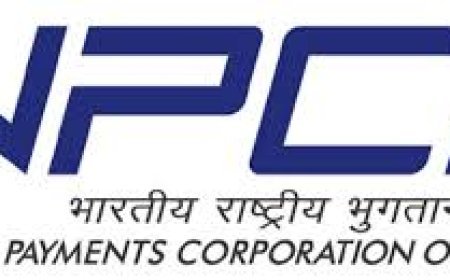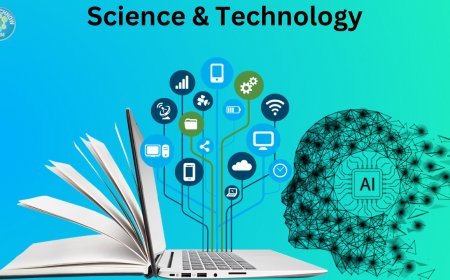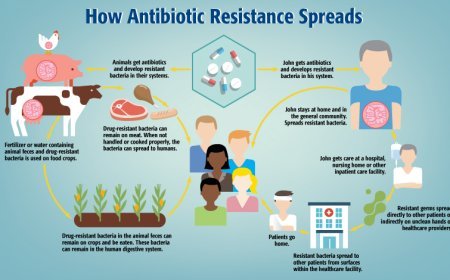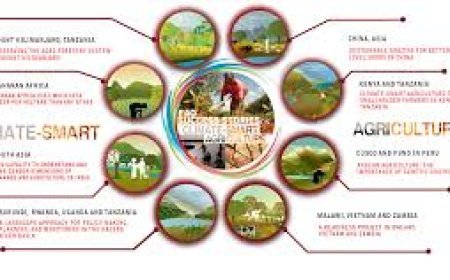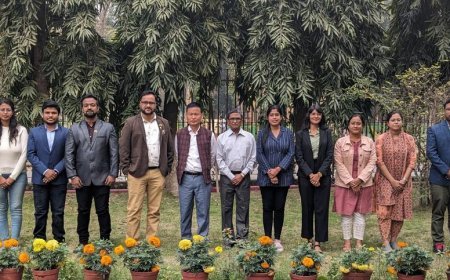June 2024: A Roundup of SCIENCE & TECHNOLOGY News

Quantum Science and Technology
- UN Designation: The United Nations designated 2025 as the 'International Year of Quantum Science and Technology', marking 100 years since Heisenberg's Uncertainty Principle.
- Principles: Quantum technology is based on principles like superposition, entanglement, wave-particle duality, and the uncertainty principle.
- Domains: Includes quantum communication, quantum computation, quantum simulation, and quantum sensing & metrology.
- National Quantum Mission: Aims to seed, nurture, and scale up scientific and industrial R&D in Quantum Technology, establishing four Thematic Hubs focusing on different domains .
Supercomputers
- New Developments: Researchers from IIT Bombay and C-MET Pune developed ceramic-based cold plates as an efficient alternative to copper for cooling supercomputers.
- Components: Supercomputers use multiple CPUs grouped into compute nodes, which communicate through interconnects.
- Measurement: Performance measured in floating-point operations per second (FLOPS), with petaflops indicating extremely high processing power.
- Types: General purpose supercomputers (e.g., vector processing supercomputers, tightly connected cluster computers, commodity computers) and special purpose supercomputers .
Nanotechnology
- IIT Madras Research: Researchers demonstrated that common minerals can be broken down by water microdroplets to produce nanoparticles.
- Mechanism: Tiny charged water droplets induce a process called 'proton-induced slip', breaking down minerals like river sand, ruby, and alumina.
- Applications: This research can accelerate natural weathering processes, advance nanotechnology, and enable sustainable nanoparticle production .
James Webb Space Telescope (JWST)
- Discovery: JWST discovered the earliest-known galaxy, dating back to 290 million years after the Big Bang.
- Significance: This discovery sheds light on the "Cosmic Dawn" and challenges previous assumptions about galaxy formation in the early universe.
- Capabilities: JWST's advanced capabilities allow it to observe faint and distant objects, providing insights into the early universe's unique conditions .
New Launch Vehicles: Agniban & Pushpak
- Agnibaan: Developed by Agnikul Cosmos, it is the world's most integrated single-shot 3D-printed launch vehicle, capable of lifting small satellites to lower Earth orbit.
- Pushpak: ISRO's reusable launch vehicle designed for horizontal landings, capable of reducing launch costs by 80% and making missions more resource-efficient.
- Innovations: Agnibaan features 3D-printed components for rapid assembly, while Pushpak includes advanced navigation and autonomous landing systems .
High-Altitude Platform Station (HAPS)
- Development: Bengaluru-based Galaxeye Space successfully tested a synthetic aperture radar (SAR) on a high-altitude platform.
- HAPS Features: These platforms, located at 20-50 kilometers altitude, can be unmanned aerial vehicles or aerostatic platforms and run entirely on solar power.
- Market Growth: The global HAPS market is projected to reach $634.9 million by 2030, with applications in observation and surveillance.
The Bacteria That Write New Genes to Cope with Infections
- Context:
- Columbia University researchers have discovered that the bacterium Klebsiella pneumoniae can write new genes to combat infections using a mechanism involving reverse transcriptase.
- Mechanism of Action:
- The bacteria use reverse transcriptase to produce a protein called Neo during bacteriophage infections.
- This Neo protein halts the replication of bacteriophages, effectively stopping the infection and putting the bacterial cell into a state of suspended animation.
- Historical Context:
- Reverse transcriptase was discovered by Howard Temin and David Baltimore in 1970, challenging the Central Dogma of molecular biology.
- This enzyme is crucial in the study of RNA viruses and was pivotal during the COVID-19 pandemic for developing diagnostic tests and tracking the virus.
- Impact on Science and Medicine:
- The discovery of reverse transcriptase has revolutionized molecular biology, enabling gene cloning, the study of RNA viruses, and the development of reverse transcriptase inhibitors for managing HIV/AIDS.
- Retroelements in Human Genome:
- Human genomes contain sequences known as retroelements, which are thought to have originated from retroviruses.
- Initially considered "junk" DNA, these sequences are now recognized for their roles in various physiological processes and their association with certain diseases.
- Summary:
- The discovery of Klebsiella pneumoniae's ability to write new genes highlights the adaptive capabilities of bacteria and underscores the importance of reverse transcriptase in medical and biological research. This enzyme's role extends from managing viral infections to understanding human genetic evolution .
Singular Focus
- Context:
- The complexity and breadth of modern scientific endeavours necessitate focused and specialized administration across various departments in India.
- Challenges in Different Departments:
- Department of Space (DoS): Integrating private sector players, managing human spaceflight missions, and developing new launch vehicles.
- Ministry of Earth Sciences (MoES): Exploring seabed mineral resources, climate adaptation, and mitigation.
- Ministry of Science and Technology (MST): Overseeing research in AI, quantum computing, multi-omics, and energy storage.
- Department of Atomic Energy (DAE): Advancing nuclear power with plans for new facilities annually.
- Persistent Issues:
- Delays in research funding, interdisciplinary collaboration, inconsistent regulations, weak intellectual property rights, and declining R&D expenditure.
- Need for Dedicated Ministers:
- India requires separate ministers for each major research body to address specific needs and solve long-standing issues effectively.
- Solutions:
- Strengthening infrastructure, enhancing collaboration, improving IP protection, and ensuring stable research funding.
- Summary:
- Specialized administration and dedicated leadership are essential for effectively managing India’s diverse scientific fields. Addressing regulatory, funding, and collaborative challenges can foster significant advancements and contribute to national development and global competitiveness .
InStem’s Fabric Offers Protection from Pesticides
- Context:
- Researchers at the Institute for Stem Cell Science and Regenerative Medicine (inStem), Bengaluru, have developed a fabric that neutralizes organophosphate-based pesticides.
- Mechanism of Action:
- The fabric is coated with small nucleophile molecules that detoxify pesticides upon contact by breaking them into non-toxic products before they reach the skin.
- Durability and Affordability:
- The fabric remains effective even after 150 washing cycles, making it a practical and affordable solution for farmers.
- Testing and Efficacy:
- Animal studies showed that the fabric prevented the drop in active acetylcholinesterase (AChE) levels in the blood and organs of rats exposed to pesticides.
- Rats exposed to ethyl paraoxon while wearing the fabric survived, demonstrating its protective efficacy.
- Significance:
- The fabric provides a more practical solution compared to previous protective measures like topical gels, enhancing compliance among farmers and potentially reducing pesticide-related health issues.
- Summary:
- InStem’s innovative fabric offers a practical and durable solution for protecting farmers from pesticide exposure. Its development underscores the importance of creating user-friendly and effective protective measures to ensure safety and health in agricultural practices .
UN Declares 2025 the Year of Quantum Science
- Context:
- The United Nations has designated 2025 as the International Year of Quantum Science and Technology to increase public awareness and encourage global initiatives in this field.
- Historical Significance:
- The year 2025 marks a century since Werner Heisenberg published his foundational paper on quantum mechanics, which laid the groundwork for modern quantum science.
- Global Endorsements:
- The proclamation has received support from numerous international scientific unions and over 70 countries.
- Impact and Future Prospects:
- Quantum science, particularly advancements in quantum computing, has the potential to transform various fields, although fully operational quantum computers do not yet exist.
- The Government of India launched a National Quantum Mission in April 2023 to support research and development in this area.
- Summary:
- The UN’s declaration of 2025 as the Year of Quantum Science highlights the growing importance of quantum technology. This initiative aims to increase global awareness and foster advancements that could revolutionize multiple sectors, from computing to cryptography.
IISc Develops Method to Remove Heavy Metal Contaminants from Groundwater
- Context:
- Researchers at the Indian Institute of Science (IISc) have developed a new method to remove heavy metal contaminants, such as arsenic, from groundwater.
- Innovative Process:
- The patent-pending three-step process ensures environmentally friendly disposal of heavy metals, preventing recontamination.
- Addressing Recontamination:
- The process addresses the gap in existing technologies that often neglect the safe disposal of extracted contaminants.
- Collaboration and Deployment:
- IISc researchers are working with NGOs like the INREM Foundation and Earthwatch to deploy and test these systems in rural areas with high levels of contaminants.
- Significance:
- This method provides a sustainable solution for removing and safely disposing of heavy metal contaminants, reducing health risks associated with polluted groundwater.
- Summary:
- The IISc’s innovative method for removing heavy metal contaminants from groundwater represents a significant advancement in environmental technology. Ensuring the safe disposal of these pollutants is crucial for protecting public health and the environment .
Elephants Call Each Other by Name, Study Suggests
- Context:
- Recent research indicates that elephants may use unique vocal identifiers akin to names to address each other, highlighting their complex social communication.
- Study Overview:
- The study involved over 100 wild African savannah elephants in Kenya, using a machine-learning model to analyze their rumbles (low-frequency vocalizations).
- Researchers played audio recordings to observe the elephants’ responses to calls addressed to them versus calls addressed to others.
- Key Findings:
- Elephants responded more strongly to calls seemingly addressed to them, showing enhanced enthusiasm, movement towards the sound source, and increased vocalizations.
- Cognitive Implications:
- The findings suggest that elephants must learn to associate specific sounds with specific individuals, indicating advanced learning abilities and social understanding.
- Conservation Significance:
- Understanding the complexity of elephant social structures can inform conservation strategies and enhance efforts to protect these intelligent animals.
- Summary:
- The discovery that elephants may use name-like calls to address each other underscores their advanced cognitive and social abilities. This insight enhances our understanding of elephant behavior and has significant implications for conservation efforts.
What's Your Reaction?












